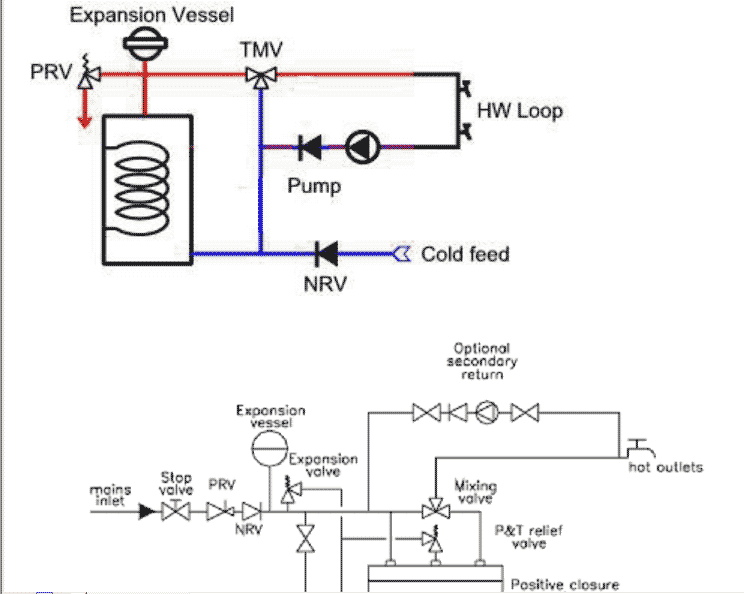Chrishutt wrote
OOOps another typo. Silly me.
Talking about amateur's I wonder where the one is who wrote this.
try to get the spelling right, amateur
OOOps another typo. Silly me.
Talking about amateur's I wonder where the one is who wrote this.
and cannot use a TMV at the cylinder



